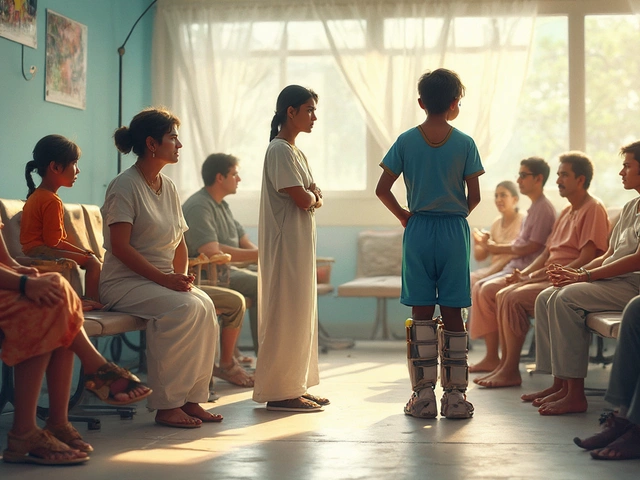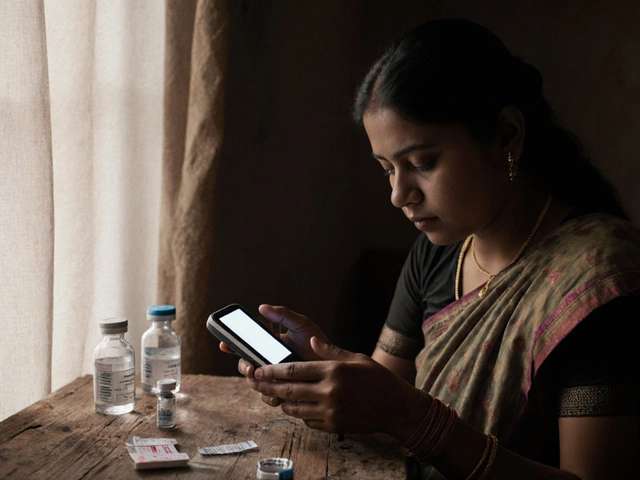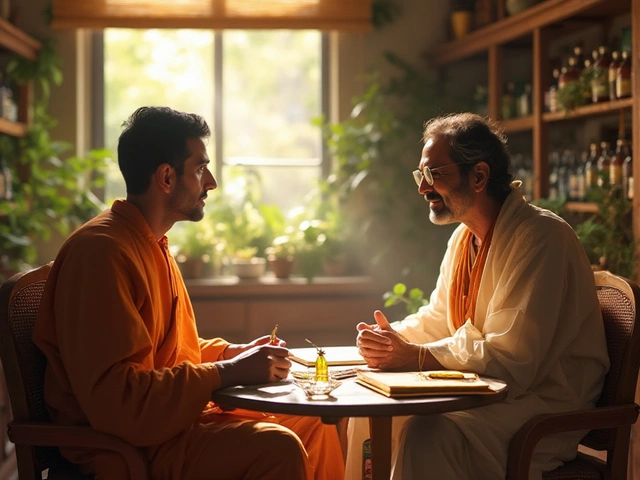Break a bone at 70, and healing isn’t as quick as it used to be. Most folks don’t realize just how much age changes the game—it’s not just about the number on your birthday cake. When you’re dealing with a fracture, the body still kicks off its repair process, but things run slower. Where a healthy 30-year-old might be back to normal in six weeks, someone 70 or older could be looking at double that time, or more, depending on the type of break and their general health.
The odds aren’t stacked against you, though. Doctors say a lot depends on things like diet, how active you stay, and whether you’ve got conditions like diabetes or osteoporosis. Keeping up with physical therapy, managing any underlying problems, and sticking to your doctor’s instructions can shave weeks off recovery. There’s no magic number for senior bone healing, but knowing what slows things down—and what really helps—arms you with the power to get back up and moving as fast as possible.
- What Happens Inside Aging Bones?
- Typical Healing Times for Seniors
- Why Do Older Bones Heal Slower?
- Proven Ways to Speed Up Recovery
- Avoiding Setbacks: Risks and Red Flags
What Happens Inside Aging Bones?
Most folks are surprised by how much your bones change with age. Even if you feel strong, your bones lose density every year after you turn 40. By 70, there’s a lot more empty space inside, and what’s left is more brittle. This is why bone healing in older adults just isn’t as fast or dependable as it was in your twenties or thirties.
Here’s what actually goes on: The moment a bone breaks, your body jumps into action. First, you get swelling and bleeding at the break. Then, a soft callus—a sort of natural splint—starts to form. In younger people, the next step happens pretty quick: hard bone slowly replaces the soft stuff. But in seniors, this hard bone takes longer to form and isn’t as thick or sturdy as before. Sometimes, your body never gets back to that original strength.
After 70, a few things make bone healing slower or weaker:
- Lower blood flow to your bones
- Less “bone-making” cells than when you were younger
- Common medical problems like diabetes or low vitamin D
- Medications—especially steroids—can delay healing
Here’s a quick snapshot of the main differences between younger and older bones:
| Factor | Younger Adult | Age 70+ |
|---|---|---|
| Bone Density | High | Significantly reduced |
| Blood Supply | Strong | Lower |
| Healing Speed | 4–8 weeks | 8–16 weeks (often longer) |
| Risk of Complications | Low | Higher (infection, non-union) |
Knowing all this, it’s easier to see why a simple break takes so much longer to heal when you’re older. But understanding what’s going on inside gives you a better shot at managing your recovery—and keeping complications to a minimum.
Typical Healing Times for Seniors
Once you hit your seventies, you’ll notice that bones just don’t bounce back like they used to. For most healthy younger adults, a simple fracture might heal in about six to eight weeks. But for people aged 70 and up, healing usually takes longer—think in the range of 10 to 16 weeks, sometimes more.
The type of bone break matters a lot. A minor wrist or arm fracture might be ready to go in 2 to 3 months, if you follow your doctor’s orders. But a hip or femur break can stretch recovery up to 6 months, especially if you need surgery. And if osteoporosis is in the mix, it gets trickier, because bones are more fragile and breaks can take longer.
- Bone healing in seniors often runs behind schedule compared to the younger crowd.
- Lower leg and ankle fractures can need 12 weeks or even more before bearing weight feels safe again.
- Hip fractures, sadly pretty common after age 70, often need several months just to walk comfortably again—even with good rehab.
Some seniors bounce back faster, while others need more time, especially if they have health problems like diabetes, poor circulation, or take certain medications (like steroids) that slow healing. Ask your orthopedic team for a ballpark recovery time based on your specific break and health. And don’t get discouraged if it takes a bit longer. The right care, rehab, and nutrition really do make a difference in getting bones back up to strength.
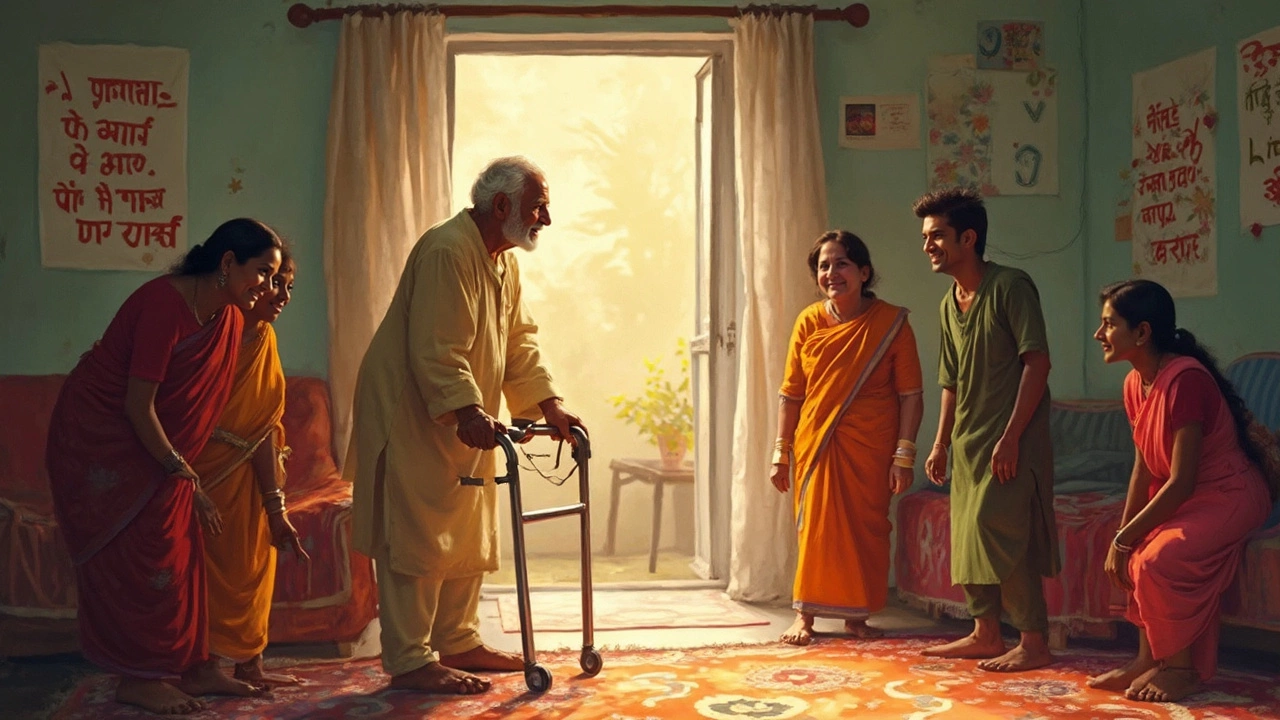
Why Do Older Bones Heal Slower?
If you’re wondering why a broken bone drags out so much longer at 70 than it did at 20, you’re not alone. The main reason boils down to the way bodies change as we age. Older bones just can’t bounce back as fast because of a handful of real, science-backed reasons.
The most important change? Blood supply to bones drops as you get older. Blood is what delivers all those healing cells and nutrients right where they’re needed. Less blood flow means fewer building blocks, so everything from inflammation to actual bone repair slows down. This isn’t just theory—studies have shown that seniors have less bone-forming (osteoblast) activity, so new bone grows slow.
Also, many people in their seventies are dealing with osteoporosis. That means bones are thinner and weaker. Not only are they more likely to break, but they don’t have as many strong cells left to make new bone. Throw in common problems like diabetes, smoking history, or being more sedentary, and healing can take even longer.
Here’s a quick look at some of the big factors that slow things down:
- Bone healing cells (osteoblasts) just don’t work as well.
- Blood flow to the injury site is reduced.
- Osteoporosis weakens the bone structure.
- Older folks often have other health issues, like diabetes or heart disease, that get in the way.
- Medications, especially steroids and some arthritis drugs, can block bone healing.
Curious about the numbers? This table shows a side-by-side on fracture healing times:
| Age Group | Average Time to Heal Long Bone Fracture |
|---|---|
| 20-40 years | 6-8 weeks |
| 50-69 years | 8-12 weeks |
| 70+ years | 12-16 weeks (sometimes longer) |
So if you’re 70, expect a slower road—your body just needs more time and TLC to get that broken bone back to normal.
Proven Ways to Speed Up Recovery
If you want those bones to heal faster at 70, you actually have more control than you think. Modern treatment isn’t just about waiting around—it’s about stacking the odds in your favor with some fairly simple steps.
- bone healing starts with nutrition. You need enough protein, calcium, and vitamin D every single day. A low-protein diet can slow down healing by as much as 40%. Dairy, eggs, oily fish, and fortified cereals do more than fill you up—they help the fracture mend. Some doctors also recommend a multivitamin or special supplements if your blood work shows a deficit.
- Staying active helps. Of course, you’re not running a marathon with a broken hip. But gentle movements—like wiggling your toes or basic bed exercises—can keep blood flowing, which brings healing cells to the fracture. Hospitals sometimes get physical therapists involved even before a person can get out of bed.
- Medicines matter. Smoking and high alcohol intake slow down recovery noticeably. If you’re a smoker, quitting makes a huge difference (some research even suggests smokers can take twice as long to heal as non-smokers). Also, be careful with anti-inflammatory meds—ask your doctor before taking things like ibuprofen since overuse can delay bone repair.
- Follow-up appointments aren’t just a formality. Early signs of infections, poor alignment, or slow healing show up on X-rays before you feel anything odd. Most orthopedic clinics schedule checkups every 2 to 4 weeks for older patients.
Check out how these factors affect healing in real life:
| Factor | Impact on Healing Time |
|---|---|
| Good protein/calcium intake | Up to 30% faster recovery |
| Active movement/physio | Reduces joint stiffness, faster return to walking |
| Smoking habit | Slows healing by 50-100% |
| Poor diabetes control | Higher risk of delayed recovery |
| Missed follow-ups | Increased chance of complications |
No single trick guarantees a perfect comeback, but stacking up these habits makes a real difference. If you’re careful about these things—and you don’t skip doctor’s advice—you’ll usually feel and see better results by the time weeks 6, 8, and 12 roll around.
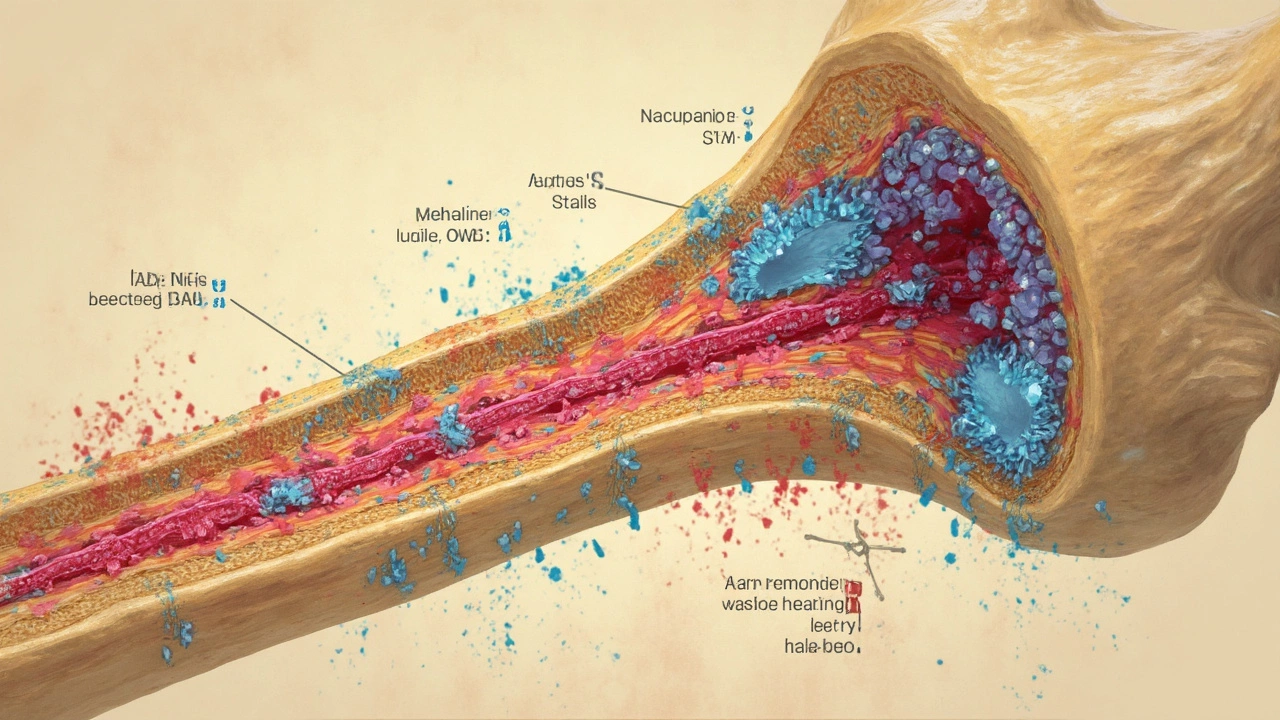
Avoiding Setbacks: Risks and Red Flags
You might be thinking—what actually slows down recovery for folks at 70? There’s no single reason, but a bunch of little things stack up. Infections, poor nutrition, lack of movement, and even some medications can all drag out healing or cause a bone not to mend right. Spotting trouble early makes a huge difference.
Here’s what you need to watch for when healing a fracture later in life:
- Pain that’s getting worse instead of better after a few days
- Redness, swelling, or warmth at the break site—these point to possible infection
- Drainage or foul smell from a surgical incision (if you’ve had surgery)
- Fever or chills
- Sudden loss of movement or weakness in the limb
- Change in skin color around the cast or break
If you notice any of these, don’t wait—call your doctor right away. Infections, for example, are more likely in older adults and can slow down bone healing by weeks or even months if not treated. It’s not rare, either. Studies show that people over 65 have double the risk of bone infection, called osteomyelitis, after a fracture needing surgery.
Nutrition is another pain point. Healing bones need plenty of protein, calcium, and vitamin D, but older adults often don’t get enough. Stocking up on foods rich in these nutrients really helps your body fix itself.
Here’s a quick table showing the most common risks that can mess up bone healing at this age and what you can do:
| Risk Factor | What to Watch | Easy Fix |
|---|---|---|
| Infection | Fever, swelling, redness around the break | Report early, get antibiotics fast |
| Poor nutrition | Weakness, slow healing | Eat more protein, calcium, vitamin D |
| Low movement | Stiff joints, muscle loss | Do guided rehab, even chair exercises |
| Smoking | Longer heal times, nonunion | Quit, even short-term helps healing |
| Bad blood flow | Cold toes/fingers, pale skin | Keep moving as allowed, avoid crossed legs |
One more thing—don’t just tough it out if things don’t feel right. Delayed healing or a bone that won’t join back (called nonunion) happens to about 10-15% of people over 70 after a major fracture, which is much higher than in younger folks. Regular check-ins let doctors catch these problems early before they turn into bigger setbacks.
The bottom line: knowing the bone healing red flags keeps you a step ahead. Stay alert and speak up if you notice anything off; it can save you a lot of pain (and months of wait) down the line.

